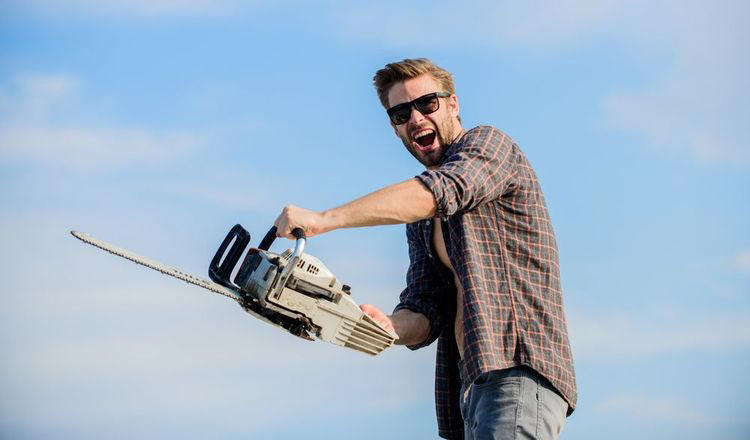
In a world where perspectives on masculinity are as diverse as the people who embody it, a new study from the University of British Columbia has unveiled fascinating insights into the ways men perceive themselves within their relationships. This enlightening journey reveals that men can be broadly classified into three distinct categories of masculinity, each reflecting a unique facet of modern partnership dynamics.
In this illuminating study, a diverse group of 92 heterosexual men, ranging in age from 19 to 43 and hailing from 14 different countries, provided a mosaic of insights that has the potential to reshape our understanding of masculinity. Let’s delve into these three intriguing categories that emerged from the research.
1. Neo-Traditionalist: The Guardian of Tradition
The neo-traditionalist archetype represents men who perceive themselves as providers and protectors in their relationships. With roots anchored in traditional gender roles, these individuals find fulfillment in playing the role of guardian, nurturing their relationships through the lens of time-honored norms.
2. Egalitarian: Partners in Balance
Stepping into the realm of equality and reciprocity, the egalitarian type seeks a relationship built on shared responsibilities and mutual understanding. These men view their partners as equals, embracing the concept of “give and take” as they navigate the intricacies of modern partnerships.
3. Progressive: Pioneers of Gender Equity
At the forefront of evolving masculinity, the progressive category champions gender equity and open communication. These men engage in discussions with their partners to collaboratively define roles and responsibilities, forging a dynamic that transcends societal norms and fosters a sense of empowerment for both parties.
The study’s findings celebrate the diversity of masculine identities that thrive in today’s world. Less than a quarter of participants identified with the neo-traditionalist role, while nearly half distanced themselves from conventional masculine norms. Embracing progress and change, 26% of men aligned with the progressive category, with egalitarian ideals prevailing as the most common choice





